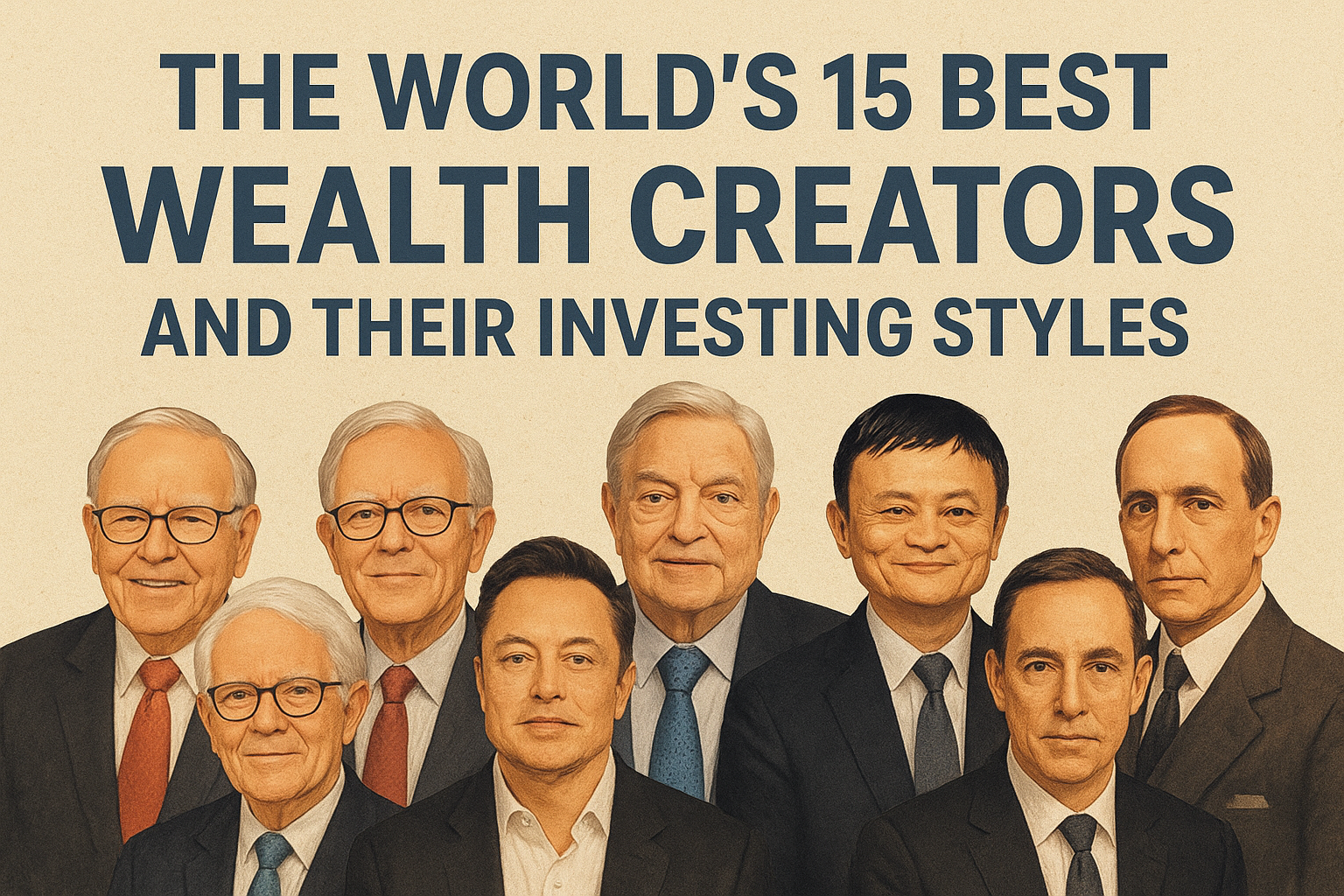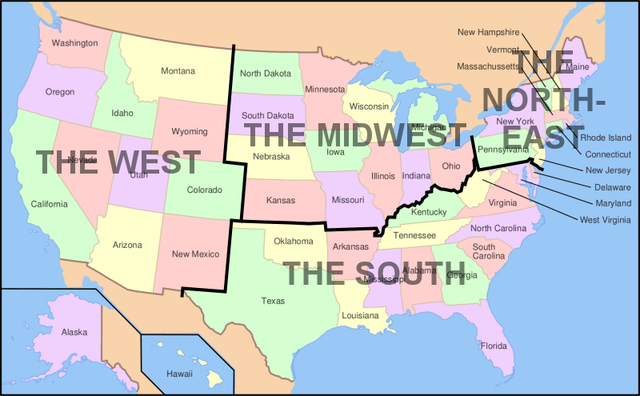-
Jane Goodall: Know about World’s Most Famous Primatologist
Who is Jane Goodall? Jane Goodall was one of the most influential primatologists, anthropologists, and conservationists in the world. Known for her groundbreaking research on wild chimpanzees in Gombe Stream National Park, Tanzania, she revolutionized the scientific understanding of primates and their behaviour. Goodall was not just a scientist—she was also a tireless advocate for…
Written by

-
Life and Legacy of Zubeen Garg: A True Musical Legend
Introduction Zubeen Garg was more than just a singer. He was a cultural bridge, an inspiration, a voice that carried the soul of Assam to the rest of India and beyond. His journey is one of art, heart, achievement, grief and also immense love — from his humble beginnings, through his rise, to his untimely…
Written by

-
Nano Banana AI 3D Figurines:Explanantion of the Viral Gemini
Introduction The internet never runs short of creative AI trends, but the latest craze — Nano Banana AI 3D Figurines on Google Gemini — is taking social media by storm. What started as a fun experiment with Google’s Gemini 2.5 Flash Image model has turned into a global trend where users are transforming their photos…
Written by

-
Charlie Kirk: The Life, Politics, and Legacy
On September 10, 2025, the American political landscape was shaken by the news that Charlie Kirk, the outspoken founder of Turning Point USA, had been shot and killed while speaking at Utah Valley University. His death marked the sudden end of a career that spanned just over a decade yet left an indelible mark on…
Written by

-
The World’s 15 Best Wealth Creators and their Timeless Investing Styles
Wealth creation has always fascinated humankind. From legendary stock market investors to visionary entrepreneurs, a handful of individuals have left a mark on global financial history by creating immense wealth. What sets them apart is not just the money they made, but the unique investing philosophies, risk-taking ability, and human characteristics that defined their journey.…
Written by

-
Osho on Friendship: Pure Love and Spiritual Freedom
https://commons.wikimedia.org/w/index.php?search=OSHO&title=Special%3AMediaSearch&type=image
Written by

-
From Twelve to Four: Osho’s Ultimate List of India’s Super‑Human Beings
Introduction In a memorable dialogue with the great Hindi poet Sumitranandan Pant, Osho was asked to list the brightest spiritual figures— “super‑humans”—in India’s history. He named twelve, then refined them to seven, then five, four, and finally declared that reducing further was impossible. This post explores his reasoning for each stage and presents his final four.…
Written by

-
Explore the USA: A State-by-State Guide with Regions, Capitals, Tourist Attractions, Travel Tips & Best Time to Visit
IntroductionThe United States of America, with its vast landscape and diverse culture, is a dream destination for travellers across the globe. Comprising 50 states grouped into distinct regions, each state has its own charm, history, and tourist appeal. Whether you’re drawn to natural wonders, vibrant cities, or cultural heritage, this guide covers the regional classification…
Written by

-
Golden Legacy: Tracing Gold’s Value from 1901 to 2025 & What Lies Ahead for Investors
“Gold is not just a metal—it’s a mirror to the world’s economic soul.” For over a century, gold has stood as the ultimate symbol of wealth, security, and timeless value. From powering the gold standard era to becoming a hedge against inflation and geopolitical instability, gold’s journey from 1901 to 2025 is as glittering as…
Written by
-
The World’s 15 Best Wealth Creators and their Timeless Investing Styles
Wealth creation has always fascinated humankind. From legendary stock market investors to visionary entrepreneurs, a handful of individuals have left a mark on global financial history by creating immense wealth. What sets them apart is not just the money they made, but the unique investing philosophies, risk-taking ability, and human characteristics that defined their journey.…
Written by
